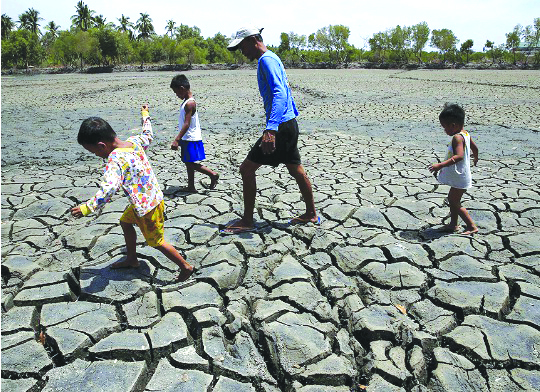
MANILA – The national weather bureau said El Niño – which is already being felt in the Pacific – is expected to go full blown by the end of February or March.
“Itinaas na po natin ngayong araw na ito because El Niño is present in the tropical Pacific, weak El Niño po siya,” said Climate Information monitoring section chief Analiza Solis of the Philippine Atmospheric, Geophysical and Astronomical Services Administration (PAGASA) in a briefing on Wednesday.
With the El Niño, temperature during the summer could reach 40.7 degrees, particularly in Tuguegarao, Cagayan; while Metro Manila could experience temperatures as high as 38.2 degrees, according to Solis.
Esperanza Cayanan, PAGASA Weather Division chief, said the weak El Niño could also affect the country’s energy supply.
Cayanan said water levels in dams could become low due to El Niño and as a result, the low of supply of water will not supply enough electricity in Metro Manila, causing power interruptions.
PAGASA administrator Vicente Malano said an El Niño watch has already been issued as early as July last year, but the weather phenomenon did not develop yet around that time.
El Niño is now likely to come at the end of the month or in March, according to the agency.
“Mataas na ang percentage na mabubuo nga talaga itong El Niño na ito,” Malano said.
As of the moment, not enough water rainfall has been recorded in the country, with some provinces reporting droughts or dry spell, PAGASA said.
The local government of Bohol has already requested for a cloud seeding operation in the province due to the lack of water in its dam that supplies irrigation water in rice fields in the central part of Bohol.
Malano said water supply in other provinces have already gone below normal.
El Niño happens when water in the east equatorial Pacific gets warm while the water in the western Pacific stays cool, making the chances of rain lower. (With a report from GMA News/PN)



